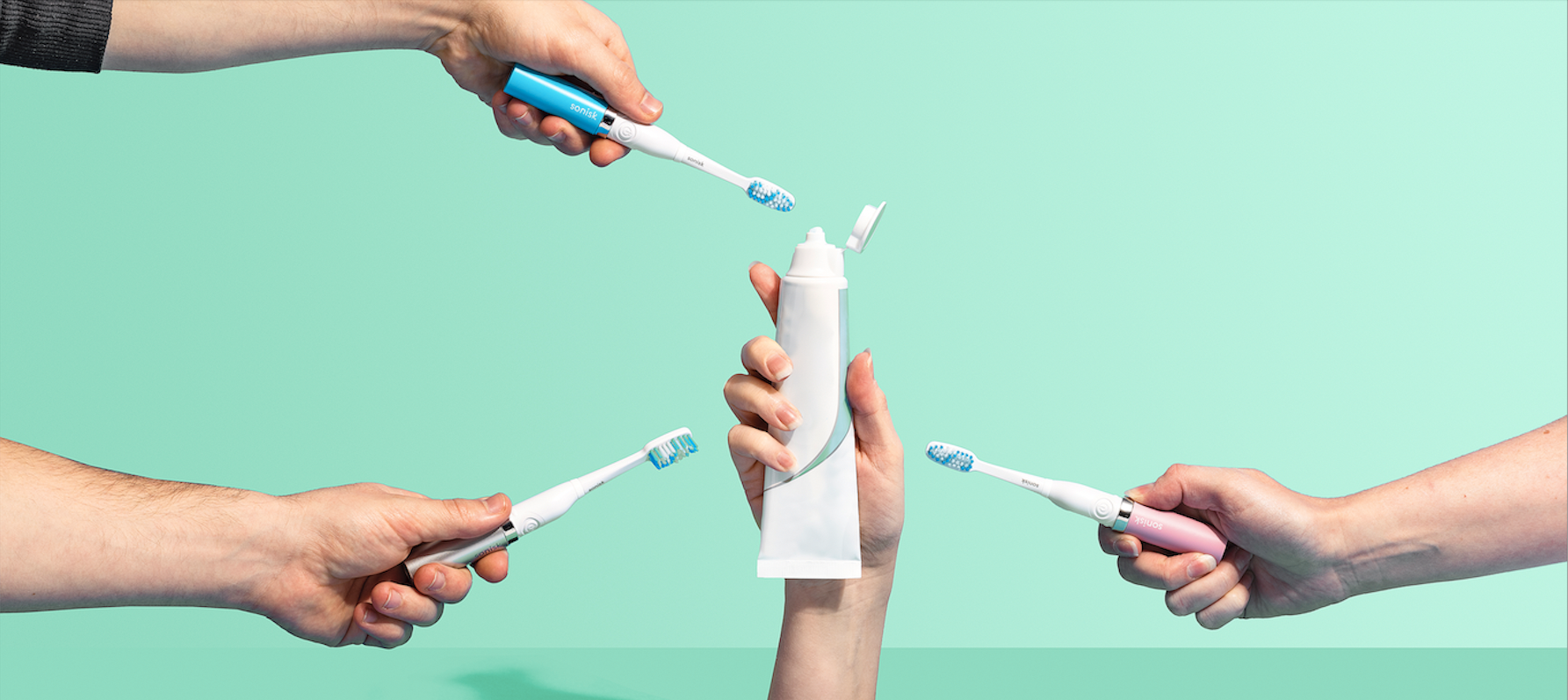Why is Toothpaste Usually Mint Flavoured?
Although a wander through the toothpaste aisle at the supermarket will uncover a variety of different flavoured toothpastes, mint is by far the most commonly available, and the most commonly used. In all likelihood the toothpaste in your own bathroom is mint-flavoured - but why? Read on to find out about the history and benefits of mint-flavoured toothpaste…
The History
Mint leaves have been used in herbal toothpastes as far back as 500 BC in China, making it one of the oldest ingredients of toothpaste still in use today! Humans have experimented with different ingredients for toothpastes throughout history, ranging from abrasive soaps and charcoal to more fragrant herbs and spices, but not all of these have been successful. Mint continued to be a popular ingredient until Colgate started mass-producing the first tubes of toothpaste in the late 1800s, taking it from a common ingredient to a staple one.
The Benefits
Mint flavouring in toothpaste contains large amounts of menthol, which leaves a tingling sensation in the mouth and gives the brusher the feeling of freshness, which for many is an intrinsic part of their oral hygiene routines! But overall, there are no specific health or hygiene benefits to using mint as opposed to other herbs and spices - it’s just about preference! Mint also grows in abundance year round, making it an excellent ingredient to harvest and use in commercial products.
The Alternatives
Other flavouring ingredients have been used in toothpaste for as long as mint, such as cinnamon, fennel, anise, or even citrus. Different flavours create different sensations: where mint is cooling, something like vanilla is warming, and lime is refreshing. The concept of having minty-fresh breath is often comforting for people and gives the impression of having a cleaner or healthier mouth, but the reality is that as long as you are brushing twice a day with a good quality toothbrush and following up with flossing, the flavour of your toothpaste really doesn’t matter at all! Some people find flavouring in their toothpaste distasteful, and for this reason you can even find neutral or flavourless products on the market!
The Takeaway
So, despite having been used for millennia (literally) in oral hygiene care, mint actually has no specific benefits that can’t be gleaned from a good quality toothpaste with any other flavour. This is great news for those that baulk from the intense freshness - why not try something with a warmer taste, like clove? And if you feel that your mouth doesn’t feel clean without that minty freshness, rest easy that you’re doing no harm, and as long as it makes you feel good, continue as you are!


